Over the years, homeowners have recognized that gas furnaces are one great way of heating their homes. However, this does not imply that they are immune to damage and will always function whenever you need them.
Sometimes, furnaces work but not all burners are lit; what's the right thing to do if this occurs? Don't fret. We've already researched this topic, and here's what we've found below!
The simplest way to fix this is to check the furnace burners. Over time, the burners will build up carbon causing it to hinder the gas flow into your furnace burners.
As a result, not all will light up for the furnace burners. Inspect your furnace system to assess whether other components are at fault or simply it needs a cleaning.
Stay tuned! There's a lot to learn from this topic. Expect us to share the troubleshooting procedure for your furnace burners that won't ignite. We'll also cover some of the relating questions about this issue that surely you've in mind. So keep on reading. With that said, let's dive in!
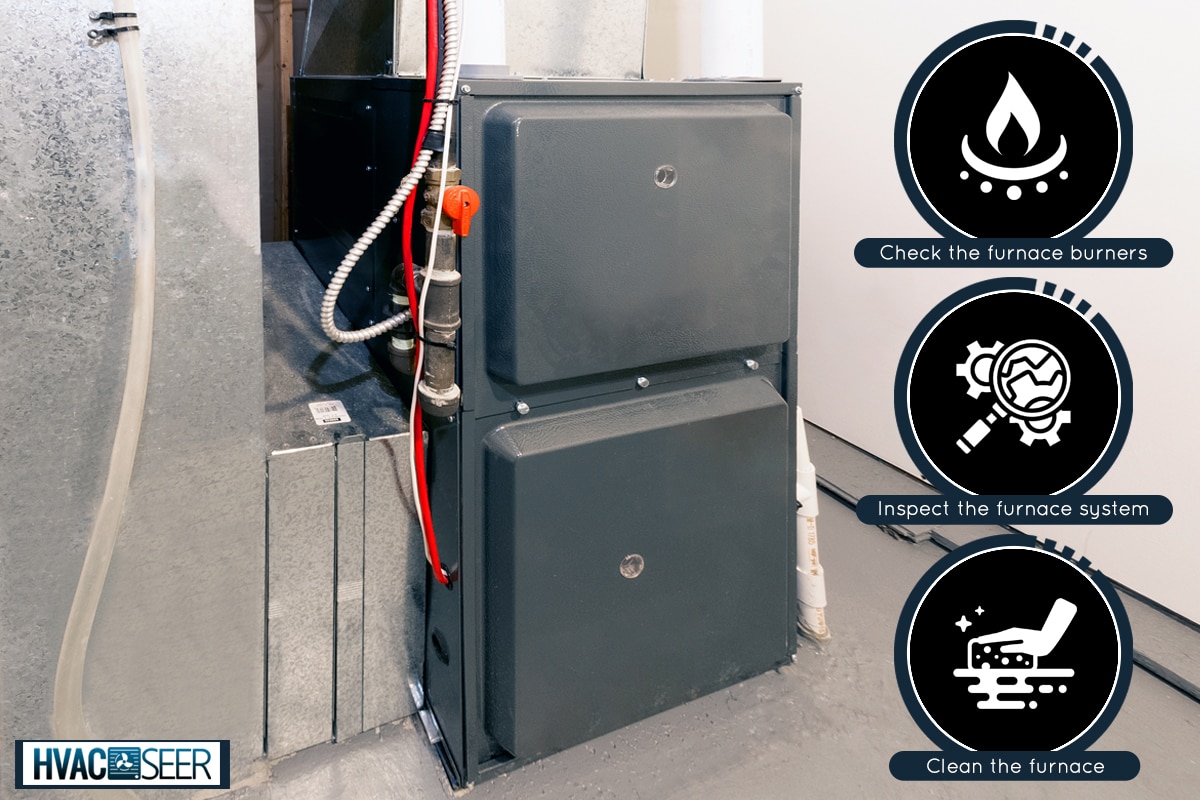
How Does A Furnace Operate?
A furnace system is vital in your house for keeping its thermal level stable. This warms the air in one location before sending it through ducts and vents across your home.
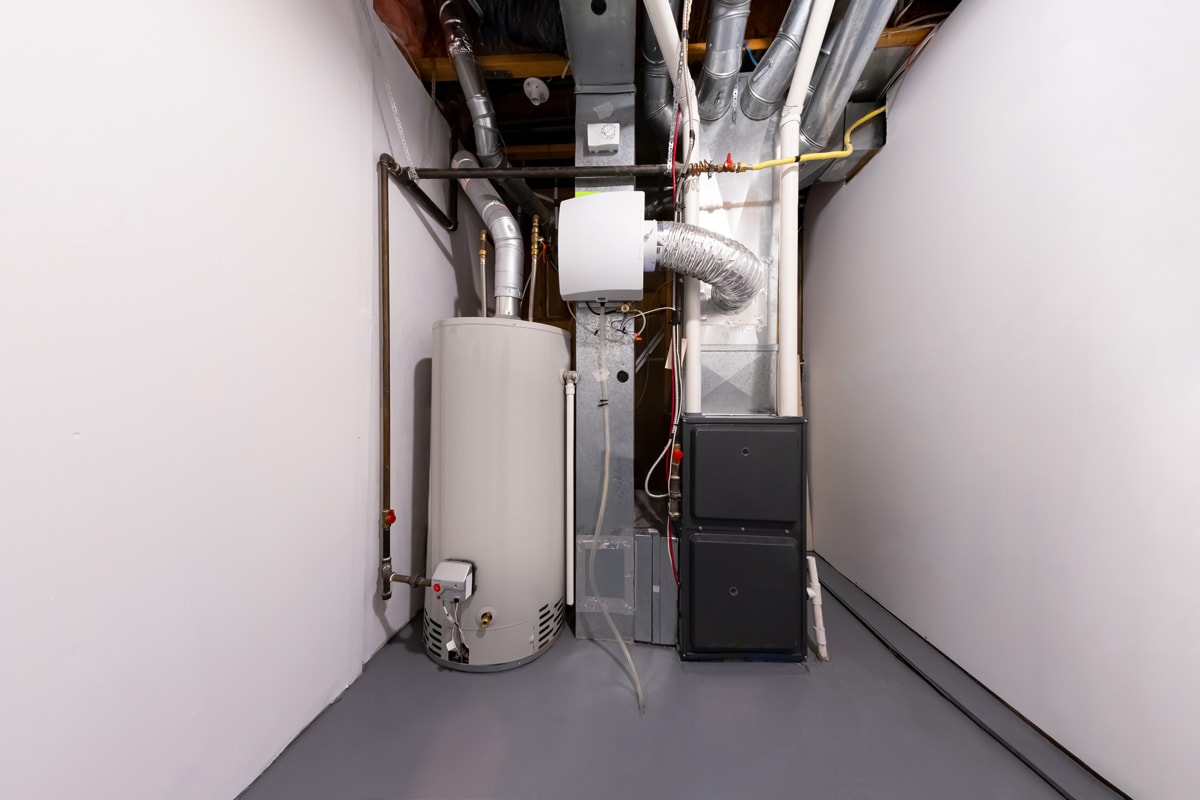
The gas from its combustion process goes directly outside your house through a flue pipe. If the burners won't ignite, it's most likely the furnace isn't receiving the gas that ignites your burners.
In addition, its other component, such as the thermocouple or flame sensor, may be at fault if the igniting process fails.
What Are The Different Types Of Furnace Ignitions?
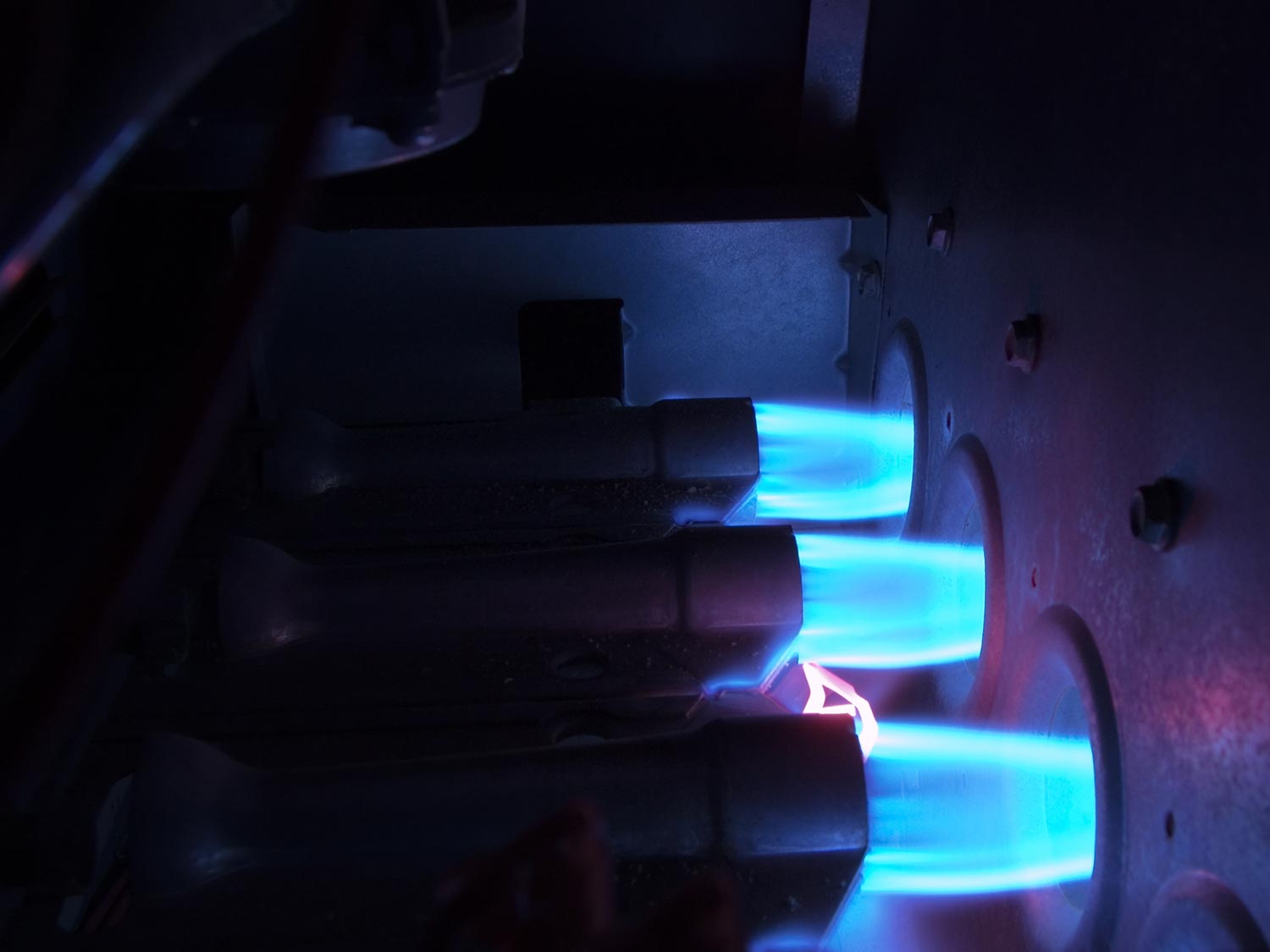
Modern furnaces use a variety of technologies depending on the model you use. However, nowadays, you can often see an electronic ignition system in the newest models.
Your furnace may use two ignition types which we've listed below:
Intermittent Pilot Ignition System
This method uses a pilot flame, but the flame only ignites when the thermostat requests heat. The furnace's electronic control system turns on an electric igniter, which ignites the pilot with a high-voltage blast.
Furthermore, the furnace burners and the pilot turn off after the burn cycle.
Hot Surface Ignition System
The hot surface ignition system or HSI instantly ignites the burner surface using a metal probe. The metal probe heats up similar to an electric bulb. One of the gas burners directly sits across from the igniter.
The fork starts to heat until it is red hot whenever the thermostat cues for heat. The process opens its gas valve, allowing the igniter to spark the gas.
Why Won't My Furnace Burner Won't Ignite?
Sometimes an old furnace unit won't ignite because the heating system can't ignite the burners. Assess for any serious issues before requesting your furnace contractor a major replacement.
Try our troubleshooting guide below to check whether you can fix the issue on your own:
Gas Line Problems
Your furnace's problem may have something to do with your gas lines. Natural gas problems commonly include leaks, clogged gas lines, and broken gas valves.
Just switch on the gas line again if it is off.
Call an HVAC expert to check for any more potential issues if, after doing this, the furnace still won't start. If you smell gas, get out of the house quickly and call the gas company.
A Faulty Thermostat

The thermostat must be in a heat setting for your furnace unit to ignite. Otherwise, your furnace unit won't light its burners.
Another issue that possibly causes the furnace not to light is that the wires or sensors on the thermostat are broken. Ensure your thermostat is first set to the heating setting.
Dirty Air Filters
Furnace filters gather dust and other debris when they aren't changed frequently.
A dirty filter hinders the adequate airflow necessary to light the burners. Replace the furnace filter every 90 days on average.
See this Furnace Air Filter on Amazon.
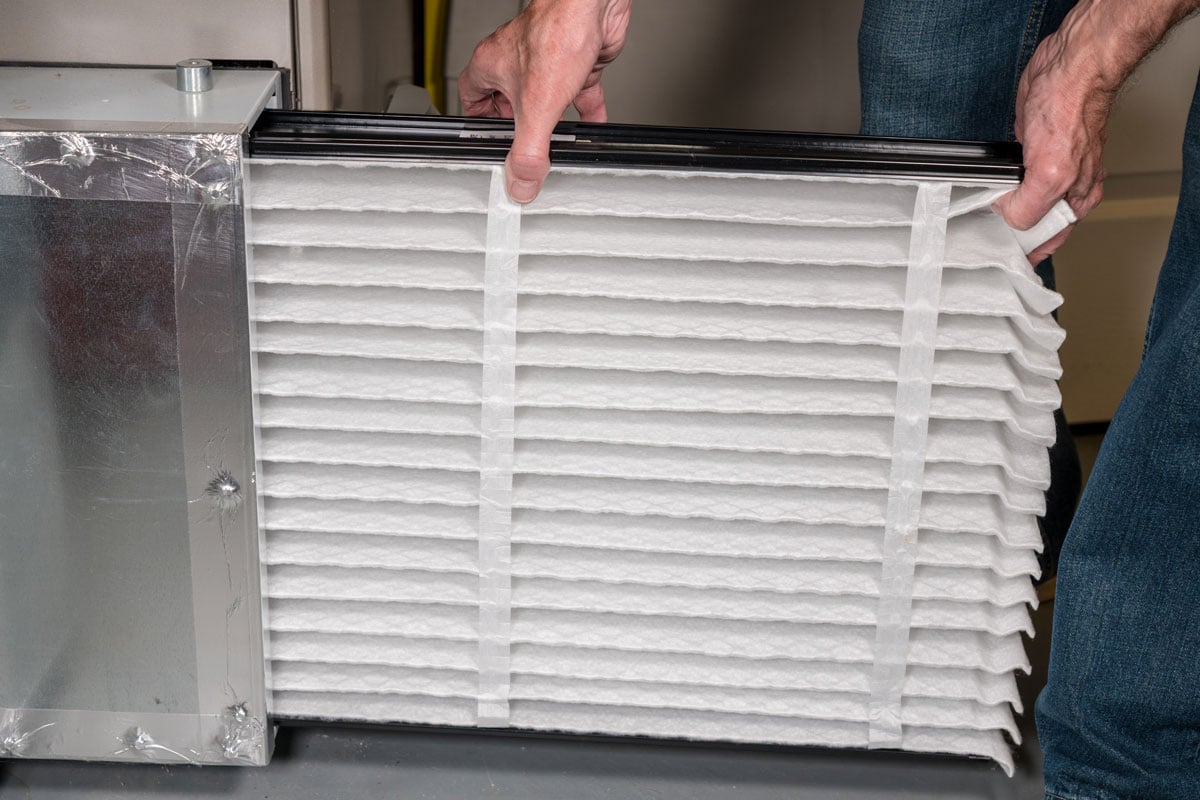
A Faulty Pilot Light Or Igniter
In some cases, furnaces that use a standing pilot light to ignite your burners fail to stay lit or go out entirely. It also affects the electronic system that ignites your furnace burners when its igniter is dirty.
Dirty Gas Burners
If your furnace burners are dirty, it won't be able to get the oxygen it needs to light its burners. It is crucial that, like any other appliances in your home, furnace burners needs also cleaning regularly.
Broken Flame Sensor
A defective flame sensor could cause your furnace's failure to ignite. The sensor is in charge of shutting off the gas burners to prevent gas buildup.
The flame sensor is a vital part of your furnace system. It's ideal for checking and testing whether your flame sensor is dirty or needs a replacement.
If this issue persists, you have two choices:
- Change the faulty flame sensor on your own.
- Contact your HVAC technician and let them do the job for you.
NOTE: Only a qualified HVAC technician can properly diagnose your furnace system and perform the necessary action correctly.
How Do I Know If My Furnace Flame Sensor Is Bad?
A crucial aspect of home fire safety is knowing when to check your furnace's flame sensor—assessing the flame sensor or keeping an eye on how your furnace runs are easy ways to tell if it is bad.
When you think there might be a problem with your furnace flame sensor. The first thing you do is to find it and remove it to check if it's still functional or not.
These symptoms below will let you know if your furnace flame sensor is malfunctioning or not:
- Dirty sensor
- High utility costs
- It cracks or is full of rust
- The furnace unit shuts OFF on its own after igniting
- The flames turn yellow (the gas isn't effectively burning)
How To Test Your Furnace Flame Sensor
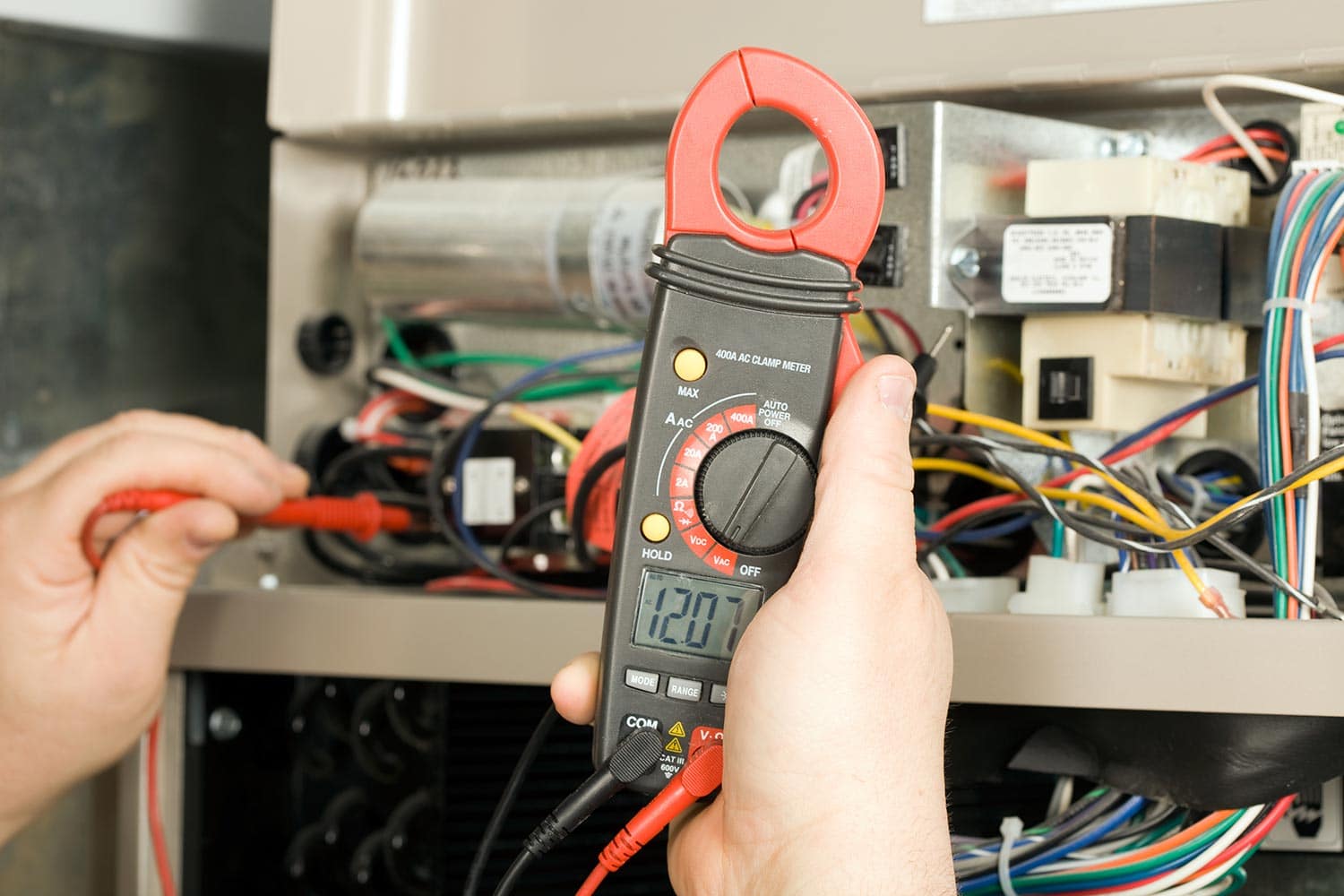
It's a good idea to run routine testing on your furnace flame sensor unit to make sure it's functioning as it should. A multimeter is essential to test your flame sensor properly.
Check this Multimeter on Amazon.
It is a device used to test the electronic current flow in various electronic devices. Also, ensure that your multimeter provides micro-amp readings.
Follow these steps below to test your furnace flame sensor properly:
- Shut OFF the furnace.
- Remove the wire from the flame sensor rod.
- Make a note or mark it as your guide for later purposes.
- Securely attach the wire to the multimeter and the flame sensor.
- Check the result; it should show a .5 and ten micro-amps.
NOTE: The normal level of the micro-amps is around 2 - 6. However, this varies depending on the model of furnace you have.
Check out this sensor rod testing tutorial on YouTube:
After testing the flame sensor device and confirming it isn't functioning correctly, you might want to try cleaning the flame rod sensor.
The cleaning procedure includes as follows:
- Shut OFF your furnace first for safety protocols.
- Allow the sensor rod to cool down to avoid unnecessary injury.
- Carefully detach the flame sensor rod.
- Gently scrub the flame sensor rod using steel wool or a sponge.
- Securely reattach the flame sensor rod.
- Switch the furnace ON again.
- Now make another test to see whether the issue is finally gone.
How Much Does It Cost To Replace A Furnace Flame Sensor?
The flame sensor in your furnace is a safety feature that verifies your furnace's ignition. Without a flame sensor, your furnace will not function as it should.
It is best to replace the faulty sensor before anything goes bad and a major problem shows. Replacing it wouldn't hurt your pocket as this only costs about $75-$200.
To Wrap Up
Throughout this article, we learned what causes your furnace burners not to light. You also know how to troubleshoot your furnace burners and fix the issue to avoid damaging the unit.
Your furnace unit is an essential appliance in your home, especially in cold weather conditions. Keeping it in its best shape will determine your house's thermal comfort and cost-efficiency.
We hope that sharing all this knowledge will help you prevent any serious issues in your furnace.
Made it to the end? Check out these helpful related posts below!


